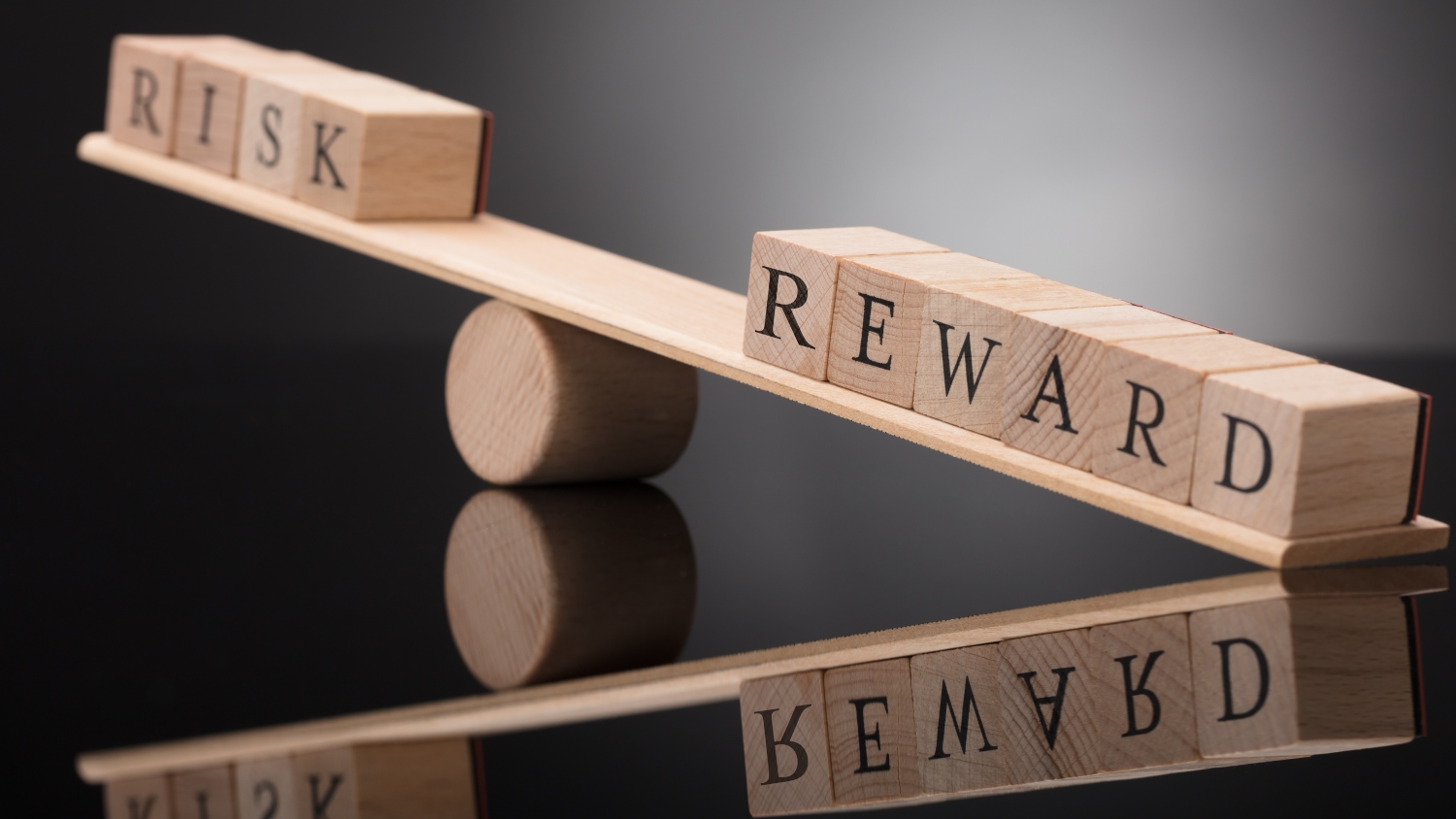Risk and Reward: Three Ways Risk Management Adds Value

By Samantha Beavers
For some business leaders, there may still be uncertainty as to the value of risk management – is it sheer damage control, or something more?
Ericka Kranitz, director of Poole College of Management’s Master of Management, Risk and Analytics concentration, weighs in on the discussion.
“Companies with robust risk management processes know how to stop, pivot and quickly change direction without losing focus of their strategic initiatives. They also know how to make smart business decisions and position themselves for long-term success,” Kranitz says. “Risk management illuminates the greatest threats and the potential opportunities, allowing companies to become resilient, stronger organizations.”
From raising risk awareness to enhancing resource allocation, effective risk management benefits organizations in a variety of ways. And at the end of the day, it gives companies a strategic advantage in a competitive, crowded market.
Here’s how.
Bringing focus to strategic objectives
With strong risk management processes in place, organizations can tackle the right risks when they matter most. The key, though, is to integrate risk management into the strategic planning process.
Companies might consider conducting an annual assessment where they identify and assess the various risks that could affect the organization, ranking risks according to their potential impact and probability, or likelihood, of occurring. Which risks are more likely to derail the company’s strategic objectives? Which ones have the highest potential impact on the bottom line? What needs to be prioritized to ensure long-term success?
In putting these risks in front of executive leaders, board members and other decision-makers, companies prioritize high-impact risks and make informed, strategic decisions. Some organizations, understanding the importance of weighing opportunities and threats, even use these risk insights to drive the board’s agenda.
With this approach, companies are less likely to bark up the wrong tree, diverting attention away from critical matters by focusing on lower-impact risks. Rather, they can focus their efforts and resources on strategic initiatives that will support an organization’s long-term success.
In doing so, they enhance resource allocation, prioritize what’s most relevant and protect what’s most valuable.
Preventing surprises and promoting resilience
By regularly scanning the landscape for high-impact risks, companies can also adopt a proactive approach to risk management rather than a reactive one.
This gives them more time to monitor the risks and prepare their responses, helping them act in a timely manner to minimize business disruptions and potential losses. Employers can also take note of any root causes, examine possible risk overlaps and consider external industry trends.
And with an enterprise-wide approach to risk, organizations can uncover high-impact risks that are either hidden or overlooked. For example, companies may find that a seemingly insignificant risk emerging in one area may actually have sweeping consequences across the entire company. The right tools, like key risk indicator dashboards, can increase risk communication and help organizations pinpoint risks in need of attention – before they come to a head.
In the end, this promotes an organization’s resilience and helps them get a leg up on the competition.
Preparing for the future
Additionally, risk management adds value by helping companies set themselves up for success in future business ventures.
“Risk management helps companies get ahead of the game and seize the right opportunities at the right time,” Kranitz explains. “This includes identifying emerging risks, perhaps many years down the road, that could impact their ability to achieve their long-term goals.”
There are a number of methods companies can use to identify emerging, long-term risks, including benchmarking, which evaluates an organization’s risks in light of its industry and competitors, and scenario analysis, which thoroughly examines the impact of a potential event should it occur. Depending on the organization’s size, industry and international presence, it may be beneficial to conduct a Black Swan analysis – which measures the potential repercussions of low-probability, high-impact events like natural disasters.
Another way entities can identify long-term risks is by regularly tracking emerging risks that may have a more significant impact than originally thought – or those events that were not even on the radar – each year. By examining how their risks have changed over time and identifying patterns in emerging risks over the years, they have a better likelihood of flagging the longer-term risks that lay ahead.
And whether it’s retaining their talent pool or addressing the impacts of climate change, Kranitz notes that companies need to be honest about all the risks they face and what action steps they need to take to prevent or mitigate their impact. These actions may also include exploring new opportunities, even though these may seem like a risk themselves at the time. Communication throughout the organization needs to be ongoing, both top-down and bottom-up, about those risk events that could impact an organization’s ability to achieve its strategic goals and position itself for long-term success.
“Companies need to ask themselves, ‘Where do we want to be in 10 years?’ and then identify the risks that can derail or advance that,” Kranitz says. “Most success-driven organizations recognize they need to start thinking that far out and brainstorming about the unknown risk events that may not even be on the radar. At the end of the day, continually applying a risk lens to future strategic initiatives is a key leadership skill.”
Interested in a career in risk management? Click here to learn more about the Master of Management, Risk and Analytics (MRA) program at NC State’s Poole College of Management.
- Categories: